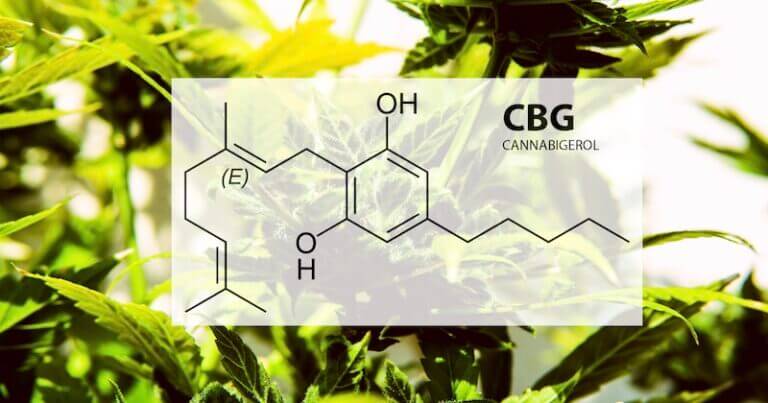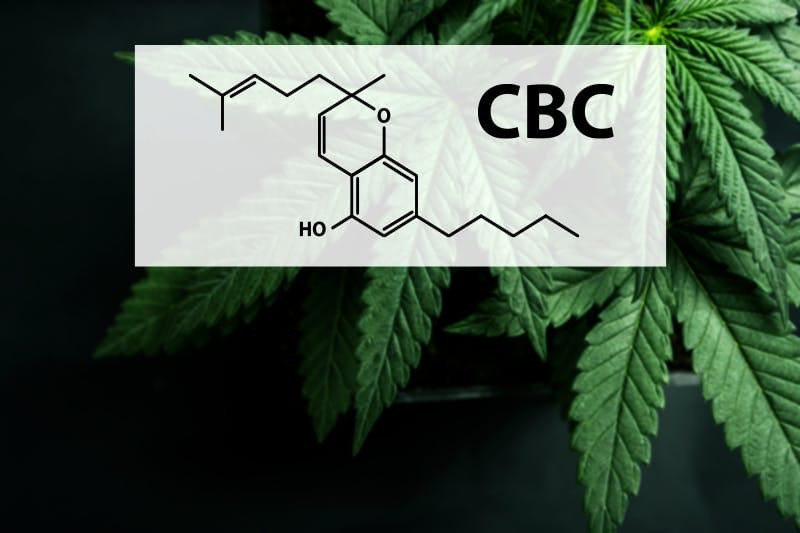
If you were to ask someone, “What is a cannabinoid?”, and they responded by saying, “Cannabinoids are naturally occurring compounds found in the Cannabis Sativa plant.”, what’s the first thing that comes to mind as soon as you hear the word Cannabis? I’m guessing, like many, the first thing you think of is marijuana or THC. While it’s true THC is the main compound found in marijuana, did you know Scientists have discovered between 100 to 140 different cannabinoid compounds in the C. Sativa plant thus far?
Why is this important?
Think about it. As more and more people are steering clear of pharmaceuticals and seeking out natural remedies, finding a natural plant with many compounds that interact with the body’s own natural endocannabinoid system with very little, if any, known side effects is huge! Finding natural remedies and cures that will go beyond slapping a band-aid on the problem and actually enhance the healing process of many ailments is huge! The fact that the benefits derived from the cannabinoids have the potential to increase the health and well-being of those who are suffering from these ailments is also, huge!
The C. Sativa, or as some refer to it, the Hemp plant has been misrepresented (on purpose) and, therefore, misunderstood by the mass population for far too long. When discussing cannabinoids, most people usually focus on the well-known “Big Boys”, meaning THC, and the ever-growing popularity of CBD. Of course, both of these compounds are very important in their own right, but there is so much more to the C. Sativa saga!
This article is to give you some insight into 3 up-and-coming superstars known as CBG, CBN, and CBC.
Let’s get into it, shall we?
Cannabigerol

Cannabigerol (CBG) is a type of cannabinoid found in the cannabis plant. It’s often referred to as the “Mother of all Cannabinoids” because it is derived from young cannabis plants which contain the highest amounts of this cannabinoid as opposed to the plants that are fully developed. Both CBD and THC start as CBGA, the acidic form of CBG. This is why younger cannabis plants contain higher concentrations, whereas fully developed plants have higher concentrations of THC and CBD because the CBG has already been converted as the plant developed.
In our bodies, CBG imitates endocannabinoids, which are the natural compounds our body makes and is processed by the body’s endocannabinoid system. The endocannabinoid system is made up of molecules and receptors that are responsible for keeping our bodies in an optimal state, no matter what is going on in the external environment.
Antibacterial
There are many in the medical industry that believe the CBG compound can help with various issues, including digestive disorders and eye disease. Researchers have also found this compound to have antifungal and antimicrobial properties as well. Properties so strong, in fact, it can fight off a bacterial strain like MRSA, which is known to resist antibiotics. Yes, that’s right! Something found in nature that works better than the Big Pharma pill pushers!
Inflammatory Bowel Disease
According to another review, between 15% and 40% of people who suffer from IBD, or Inflammatory Bowel Disease use cannabis and cannabinoids to increase their appetite as well as to reduce their pain. Although research is still being done, it could be quite possible that because problems within the digestive system can be stress-related, CBG, along with many other cannabinoids, reduce stress, anxiety, inflammation, and more.
Glaucoma
High eye pressure, also known as intraocular pressure, or IOP, can increase the risk of developing glaucoma. The good news is one Polish study has shown the ability of CBG to reduce eye pressure in glaucoma patients. When administered in a topical form, the presence of endocannabinoid receptors in structures of the eye responsible for the formation and outflow of aqueous humor is an explanation for the effectiveness of these compounds.
Cannabinol

Cannabinol (CBN) is a unique cannabinoid in that it’s only created after THC degenerates. This means the only way to find high quantities of CBN is in plants that have been exposed to oxygen for longer periods of time. Because of this, it was enough to make CBN unfavorable to farmers, retailers, and consumers alike for quite some time. With that being said, more recent findings have sparked a new interest in this mystery of a cannabinoid.
There isn’t much yet known about how CBN works, but it seems to attach to the brain’s CB2 receptors. Current research suggests CBN works as a powerful, natural sedative. Presently, scientists are mainly interested in CBN for its potential to treat sleeping disorders such as insomnia. CBN has also been observed to result in greater sedation when combined with THC. Just like CBG, CBN is showing itself to have potential anti-seizure, anti-inflammatory, and what scientists believe to be a well-documented breakthrough in the fight against antibiotic resistance. (Perhaps because it’s derived from nature *in my whispering voice*)
Cannabichromene

And last, but certainly, not least, we have the lesser-known Cannabichromene (CBC). Discovered over 50 years ago, CBC is considered one of the “big six” cannabinoids prominent in today’s medical research. It doesn’t get as much attention, but CBC’s benefits are extremely promising. However, although CBC definitely has its own singular benefits, researchers think it also works in what is known as the “entourage effect”, meaning it seems to work in synergy with other cannabinoids. For example, in one study, it was found that CBC in combination with CBD stimulated descending pathways of antinociception and caused a decrease in pain signals by interacting with several target proteins.
Although most of the hype on CBC is related to chronic pain, many doctors believe that’s only the beginning of CBC’s healing potential. Other studies looking into CBC have suggested this cannabinoid could repair brain damage, get rid of acne, and even improve mental health.
Acne
Research has shown CBC to be a powerful inhibitor of acne. Acne is characterized by excess sebum production and sebaceous gland inflammation. It turns out that CBC exhibits powerful anti-inflammatory properties and also suppresses excessive lipid production in the sebaceous glands.
Brain Cells
In a 2013 study, CBC showed a positive effect on neural stem progenitor cells, which is a cell essential to healthy brain function. In the presence of CBC, these cells differentiate into astroglial cells. These cells are responsible for many functions including neurotransmitter direction and defending against oxidative stress which can lead to diseases such as Alzheimer’s.
In the end, as time goes on and more is rediscovered about this ancient plant we call C. Sativa, it is obvious why so many of “The Powers That Think They Be” have kept it suppressed for so long. Since things grown in nature cannot be patented, they stand to lose not only money but their entire business of “creating clients” as opposed to healing those that need it. I mean, think about it, it’s becoming more and more obvious this one plant alone could take down the entire “Medical Industrial Complex”.
Let THAT sink in!

